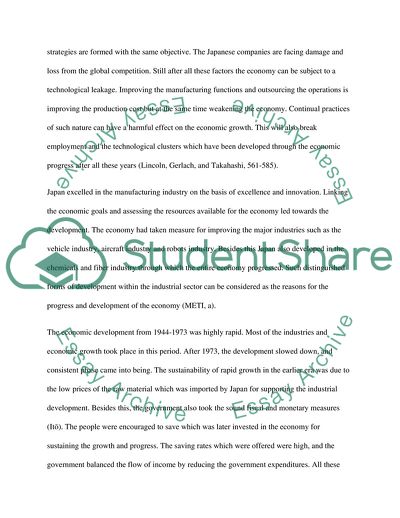Cite this document
(The Industrial Development of Japan Literature review, n.d.)
The Industrial Development of Japan Literature review. https://studentshare.org/history/1809282-what-industrial-did-to-development-japan-to-be-a-strong-nation
The Industrial Development of Japan Literature review. https://studentshare.org/history/1809282-what-industrial-did-to-development-japan-to-be-a-strong-nation
(The Industrial Development of Japan Literature Review)
The Industrial Development of Japan Literature Review. https://studentshare.org/history/1809282-what-industrial-did-to-development-japan-to-be-a-strong-nation.
The Industrial Development of Japan Literature Review. https://studentshare.org/history/1809282-what-industrial-did-to-development-japan-to-be-a-strong-nation.
“The Industrial Development of Japan Literature Review”. https://studentshare.org/history/1809282-what-industrial-did-to-development-japan-to-be-a-strong-nation.


